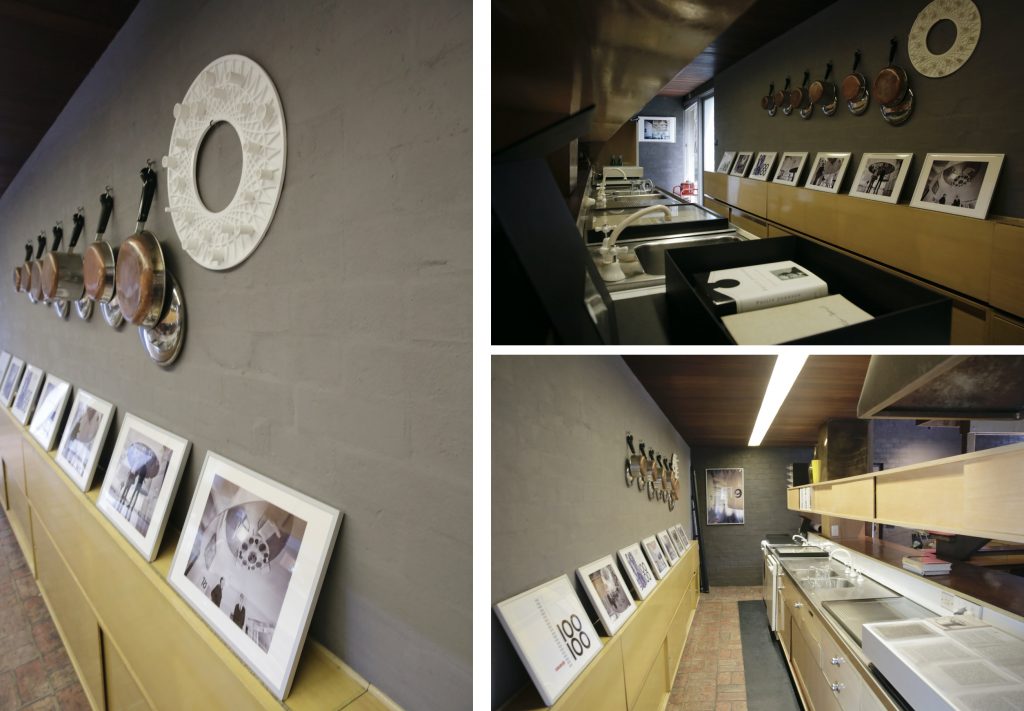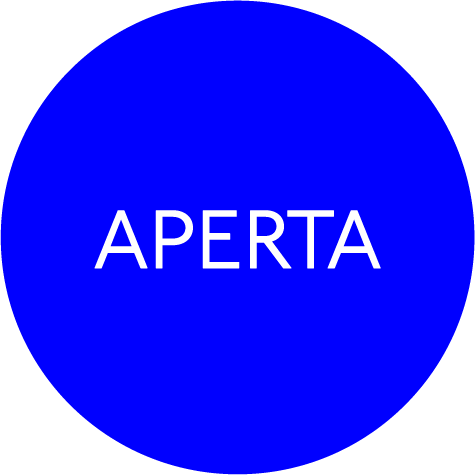Robin Boyd Exhibition 2017
The ‘House of Ideas’ presents a poignant window into a collection of works that often sits outside the more familiar writings or buildings by Robin Boyd.
The significance of this collection is the lack of scrutiny it has had up until now and the relationship to Boyd’s wider portfolio of projects. In many ways, ‘House of Ideas’ is an invitation for the viewer to travel through and across multiple ‘Boyd’ ideas – buildings, display homes, exhibitions, curatorial strategies, installations, products, prototypes, grand visions and two World Expos in Montreal (1967) and Japan (1970).
Similar to Critical and Curatorial Practices in Design in 2016, referred to as ‘Fooks: the House Talks Back’, the ‘House of Ideas’ in 2017 uncovers untold narratives and expands the scope and knowledge of Boyd through, juxtaposing projects and places that were previously unconnected. For the first time, disparate archives have been drawn together, catalogued and assembled at Robin Boyd’s Walsh Street home, while simultaneously an unusual body of work has been displayed so that architectural ideas can be examined alongside ideas about display. At the same time glimpses into an experimental portfolio of projects and associated writings are superimposed upon his built work and new associations can now be revealed. The house, as exhibition, with its details, its furniture, its archives, its artefacts, its objects and its collection of books suggest a rich and diverse collection of thoughts and ideas: a kind of autobiographical debris brought together as the ‘House of Ideas’.
For the first time, we are also overlaying three chronological narratives to allow a comprehensive reading of Boyd’s work. A literary and biographical chronology is superimposed on a chronology of built work with the addition of his exhibition work, competitions and Expo projects filling in some previous gaps in our reading of Boyd’s life and work. While the chronology is suggestive of a beginning and an end we are instead encouraging viewers to consider a kind of reverse chronology. In other words, it’s about the journey not the destination.
Travelling back into time from the point of departure of ‘Boyd’s Last Building’ (Churchill House) to the very beginning (Arthur Boyd Studio, 1938) you are invited to weave together relationships via Neptune’s Fishbowl, The World Exposition Project from 1965, Expo 67 and Expo 70, The House of Tomorrow, Peninsula Homes, Appletree Hill, Stegbar Windows, Tower Hill Natural History Centre and the Boyer Lectures of 1967, as well as even lesser known projects like the opening exhibition of the Australian Chancery in Washington DC in 1968. You will start on an exhibition route that is reversed, an anti-clockwise journey that physically joins the entrance of the house with the exit from the exhibition.










